Increasing Prevalence of Chronic Pain
The rising incidence of chronic pain conditions, such as arthritis and fibromyalgia, appears to be a primary driver for the Topical Analgesic Market. According to recent estimates, nearly 20% of adults experience chronic pain, which necessitates effective pain management solutions. This growing patient population is likely to seek topical analgesics as a non-invasive alternative to oral medications, thereby propelling market growth. Furthermore, the aging population, which is more susceptible to chronic pain, contributes to the increasing demand for topical analgesics. As healthcare providers increasingly recommend these products for pain relief, the Topical Analgesic Market is expected to expand significantly in the coming years.
Advancements in Formulation Technology
Innovations in formulation technology are playing a crucial role in shaping the Topical Analgesic Market. The development of new delivery systems, such as transdermal patches and gels, enhances the efficacy and user experience of topical analgesics. These advancements allow for improved absorption and longer-lasting pain relief, which may attract a broader consumer base. Market analysts indicate that the introduction of novel formulations could potentially increase market share by up to 25% over the next few years. As manufacturers invest in research and development to create more effective products, the Topical Analgesic Market is likely to witness substantial growth.
Rising Awareness of Pain Management Options
There is a notable increase in awareness regarding various pain management options, which is influencing the Topical Analgesic Market. Educational campaigns and healthcare initiatives are informing patients about the benefits of topical analgesics, including their localized effect and reduced systemic side effects. This heightened awareness is likely to drive consumer preference towards topical formulations over traditional oral medications. Market data suggests that the demand for topical analgesics has surged by approximately 15% in recent years, reflecting a shift in consumer behavior. As more individuals seek effective pain relief solutions, the Topical Analgesic Market is poised for continued growth.
Growing Preference for Over-the-Counter Products
The trend towards self-medication is becoming increasingly prevalent, particularly in the context of the Topical Analgesic Market. Consumers are increasingly opting for over-the-counter topical analgesics due to their accessibility and convenience. This shift is driven by a desire for immediate pain relief without the need for prescriptions. Market data reveals that the over-the-counter segment of the topical analgesic market has experienced a growth rate of approximately 10% annually. As more individuals seek to manage their pain independently, the demand for these products is expected to rise, further propelling the Topical Analgesic Market.
Expansion of Retail and Online Distribution Channels
The expansion of retail and online distribution channels is significantly impacting the Topical Analgesic Market. With the rise of e-commerce platforms, consumers now have easier access to a wide range of topical analgesic products. This accessibility is likely to enhance consumer purchasing behavior, as individuals can compare products and read reviews before making a decision. Recent market analysis indicates that online sales of topical analgesics have increased by over 30% in the past year. As retailers continue to optimize their distribution strategies, the Topical Analgesic Market is expected to benefit from increased visibility and sales opportunities.


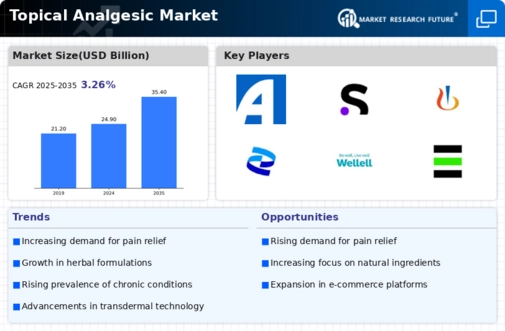
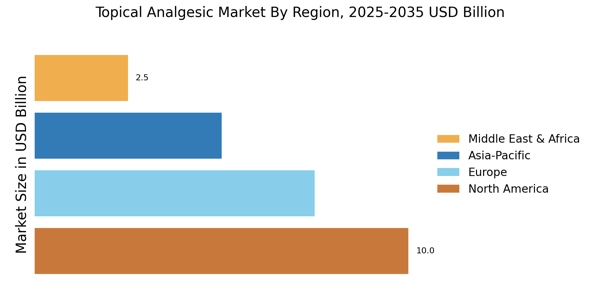

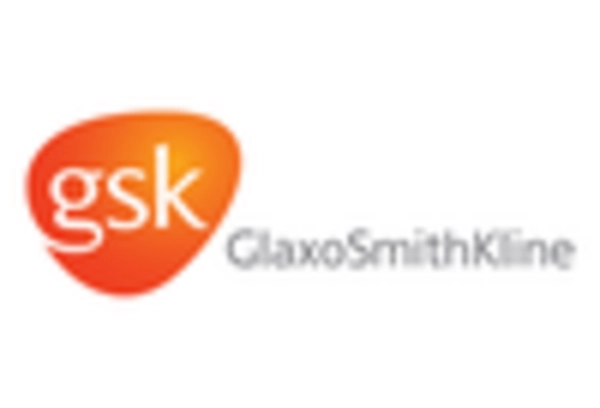

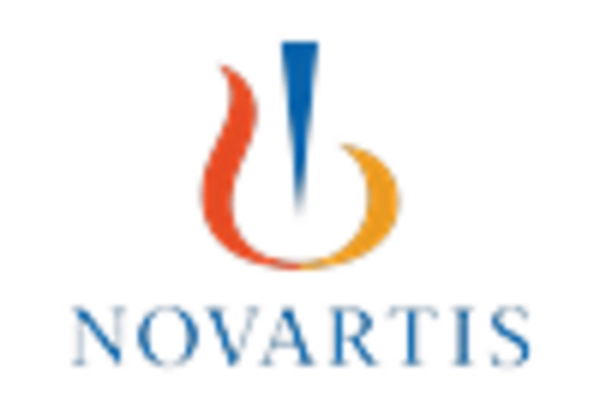

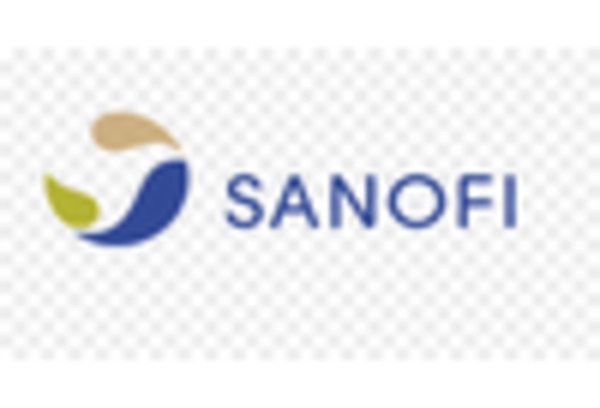








Leave a Comment